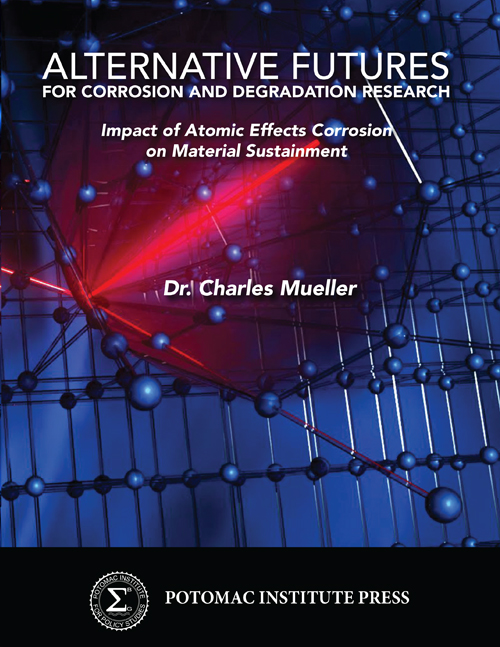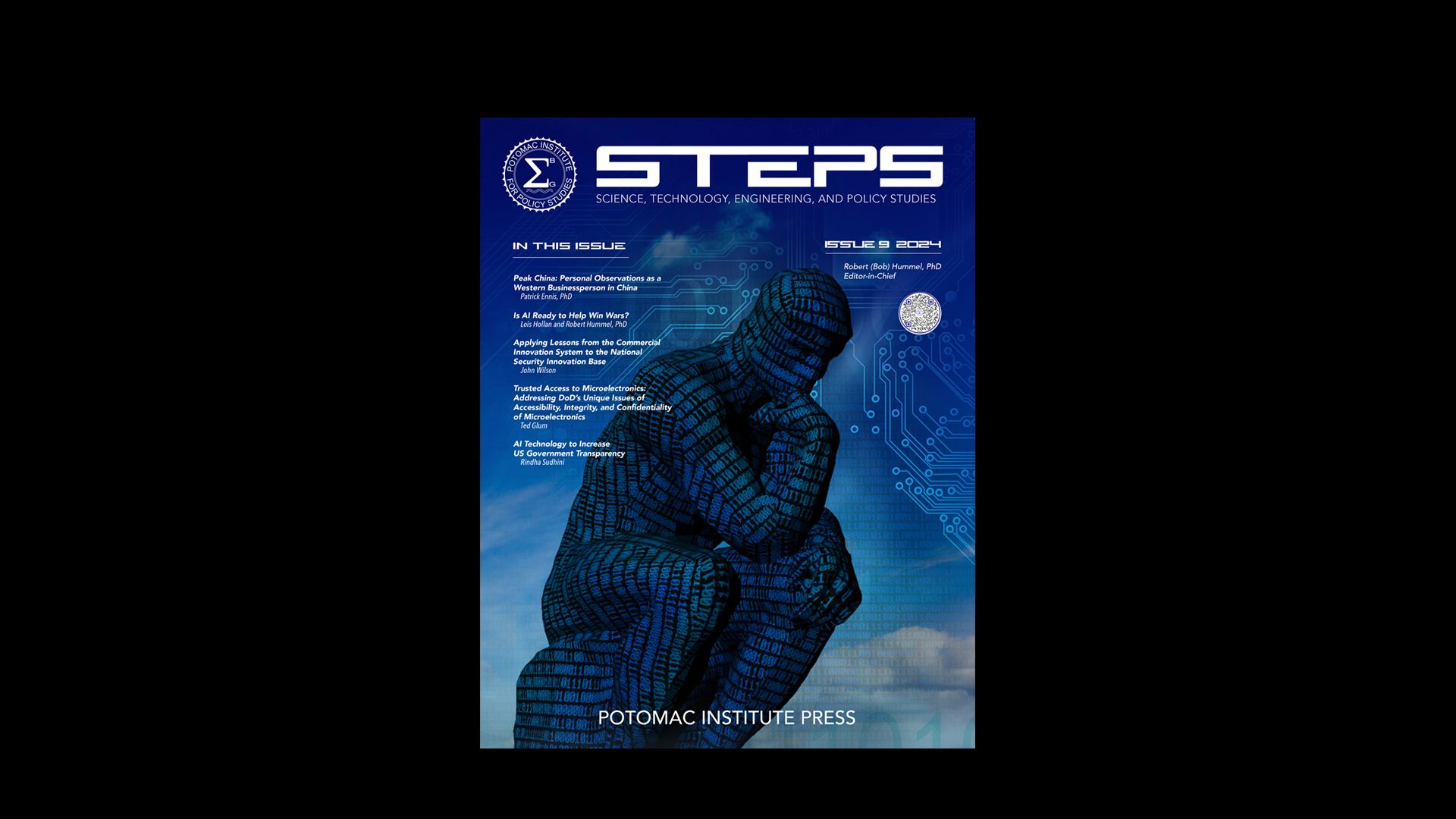 Since before recorded history, mankind has been concerned about materials degrada- tion. In prehistoric times, people’s concern was with degradation of simple tools fashioned from materials found in nature; for example, a wooden club could degrade very quickly through biological mechanisms such as rot. As society advanced, the search for “things that last” – and consequently material sustainment – took on different dimensions. The Iron Age, for example, introduced a new dilemma: tools and weapons made of iron were much stronger than those made of bronze, but iron objects were also more prone to rust (corrosion). As a result, during the Iron Age people had to consider trade-offs: do I use a stronger, iron tool that degrades more quickly or keep the weaker, but less likely to corrode, bronze tool? It is not hard to imagine how that choice was made, rather dramatically, after the first fight between swordsmen with iron and bronze weapons. However, with the change to stronger iron weapons and other tools, the issue of chemical corrosion became a much more important consideration.
Since before recorded history, mankind has been concerned about materials degrada- tion. In prehistoric times, people’s concern was with degradation of simple tools fashioned from materials found in nature; for example, a wooden club could degrade very quickly through biological mechanisms such as rot. As society advanced, the search for “things that last” – and consequently material sustainment – took on different dimensions. The Iron Age, for example, introduced a new dilemma: tools and weapons made of iron were much stronger than those made of bronze, but iron objects were also more prone to rust (corrosion). As a result, during the Iron Age people had to consider trade-offs: do I use a stronger, iron tool that degrades more quickly or keep the weaker, but less likely to corrode, bronze tool? It is not hard to imagine how that choice was made, rather dramatically, after the first fight between swordsmen with iron and bronze weapons. However, with the change to stronger iron weapons and other tools, the issue of chemical corrosion became a much more important consideration.
As mankind advanced through the ages, the ability to address material degradation im- proved as scientific knowledge of the associated mechanisms increased, and engineers developed counters such as coatings to reduce the impact of corrosive effects. With the dawn of atomic weapons and power, and human exploration of space, we discovered new mechanisms of materials degradation beyond chemical reactions at the molecular level. But the nature of atomic effects associated with nuclear weapons, power and waste products were often highly classified, and to a large degree kept separate from the main- stream of corrosion science. Now that we have entered the Information Age, we are see- ing atomic effects in other areas, such as microelectronics, that cannot be explained by the classic, chemical definition of corrosion. Some of these effects, such as “tin whiskers” (which occur in applications in which lead-free solder is used), for example, have not been explained – other than “it’s not chemical or electrochemical.” In addition, unexplained effects in microbiological environments are emerging; we call these “biological effects cor- rosion” and introduce them briefly in this volume. Ultimately, to effectively fight corrosion in all its forms, we need to adopt the concept of the corrosion spectrum.

















